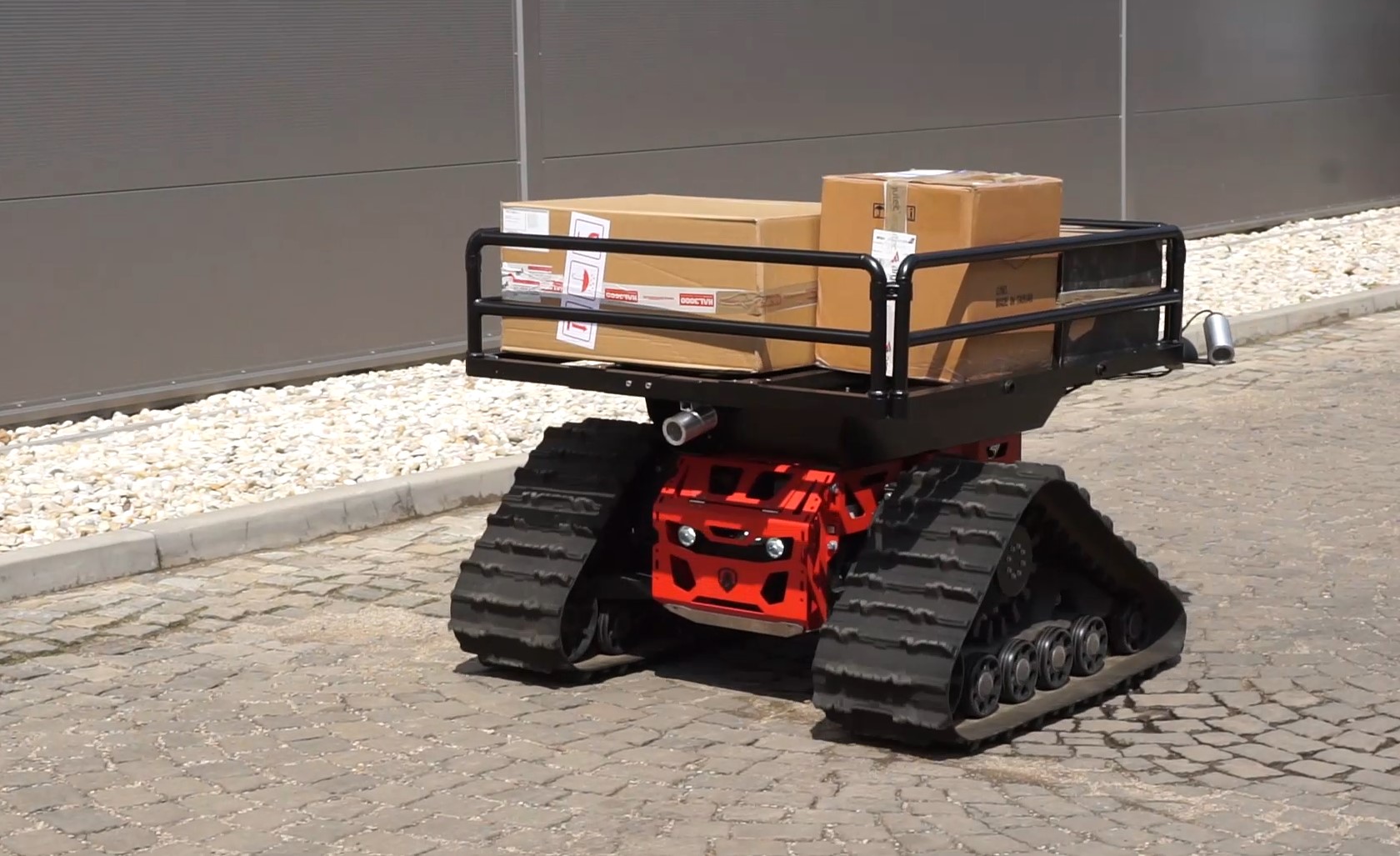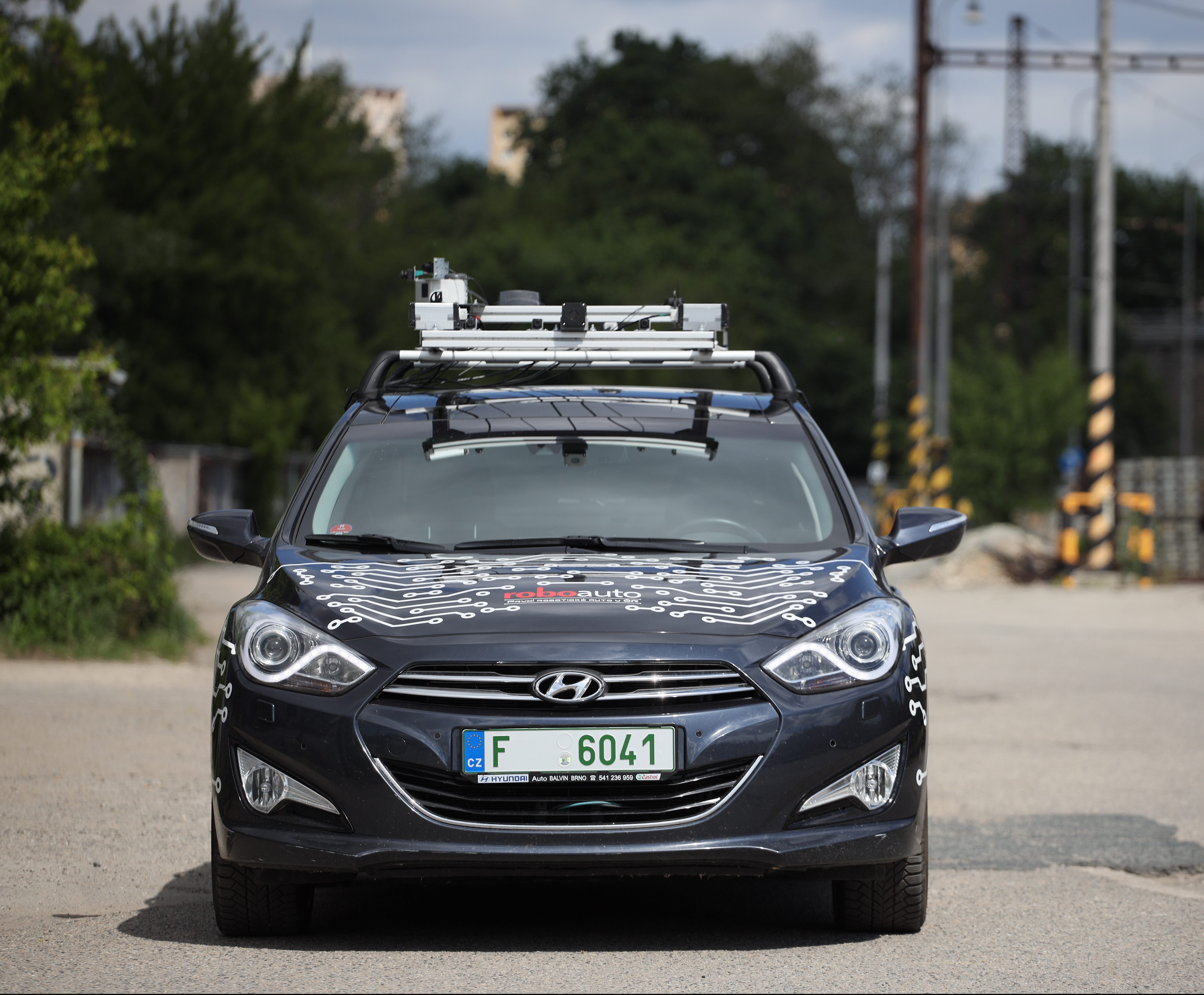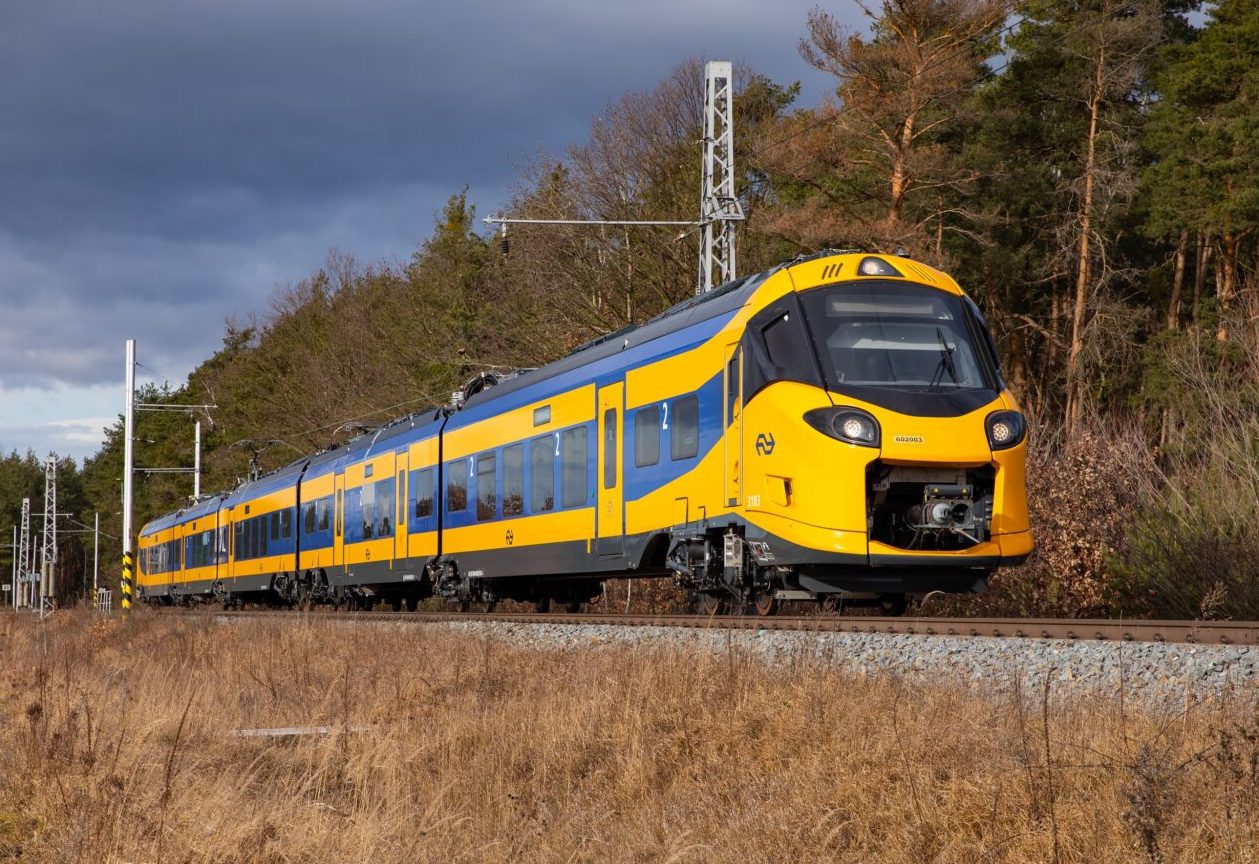Teleoperation
Remote control technology, where the operator and vehicle are connected via WiFi, LTE, or 5G data network. Thanks to teleoperation, a driver doesn’t have to waste their time commuting to the vehicle. All vehicles around the world may come to them. A driver of a single vehicle becomes a remote operator who operates designated machines all over the world from their remote control station at their home/office.
- One operator drives various vehicles in different places one by one.
- Overseeing or backup technology for autonomous vehicles.
- Increase operator’s safety and comfort for higher diligence.
- Technology and software ready for integration into any vehicle.
Deployments
Robotic platform for various use-cases
The ROVO – robotic platform from HAWE Mattro. Fully electric system for off-road use. Inspections in danger zones, transport, logistics, rescue and fire brigade operations, underground operations, or agriculture applications. Roboauto extended standard remote radio control, which reaches tens of meters, and implemented teleoperation that multiplies the possibilities of this extraordinary machine and extends its reach to thousands of kilometers.
The teleoperation system has been tested in practice on a Mars simulation „AMADEE20„, among others, where the machine in Israel Negev desert was controlled from Austria, over 3.000km far away.
Taxi that comes to your address without a driver onboard
How about taking the best from both taxi worlds? A standard taxi with a driver comes to your address, but it is more expensive because of the driver. Car-sharing taxis are cheaper, but you have to find the closest parked car near you and come to it. With a teleoperated taxi, you have lower-priced rates, and the vehicle comes to your address at a specified time. A remote operator drives the car to your address from where you drive the vehicle yourself. At the final destination, you just get out of the car and don’t care about parking or anything else. A remote operator connects to the car again and drives to the nearest parking or the next customer.
Shunting many trains by one operator
Shunting in the rail industry means putting the train on the side rail. Usually, this happens in a depot, and it’s a tedious and dull job, mostly done at night. The driver must move several train sets, which means moving between trains, and it’s not unusual from time to time to crash when going backward. Thanks to teleoperation, the operator can connect to any train from one place, and thanks to rear-facing cameras, the risk of a potential crash is decreased.
Hardware & Technologies

C++

Libraries

HW Platform
Summary of this solution
Do you want to know more about our teleoperation solution, or do you need a concise summary that you want to show or print for your colleagues? No problem. Get this one!







